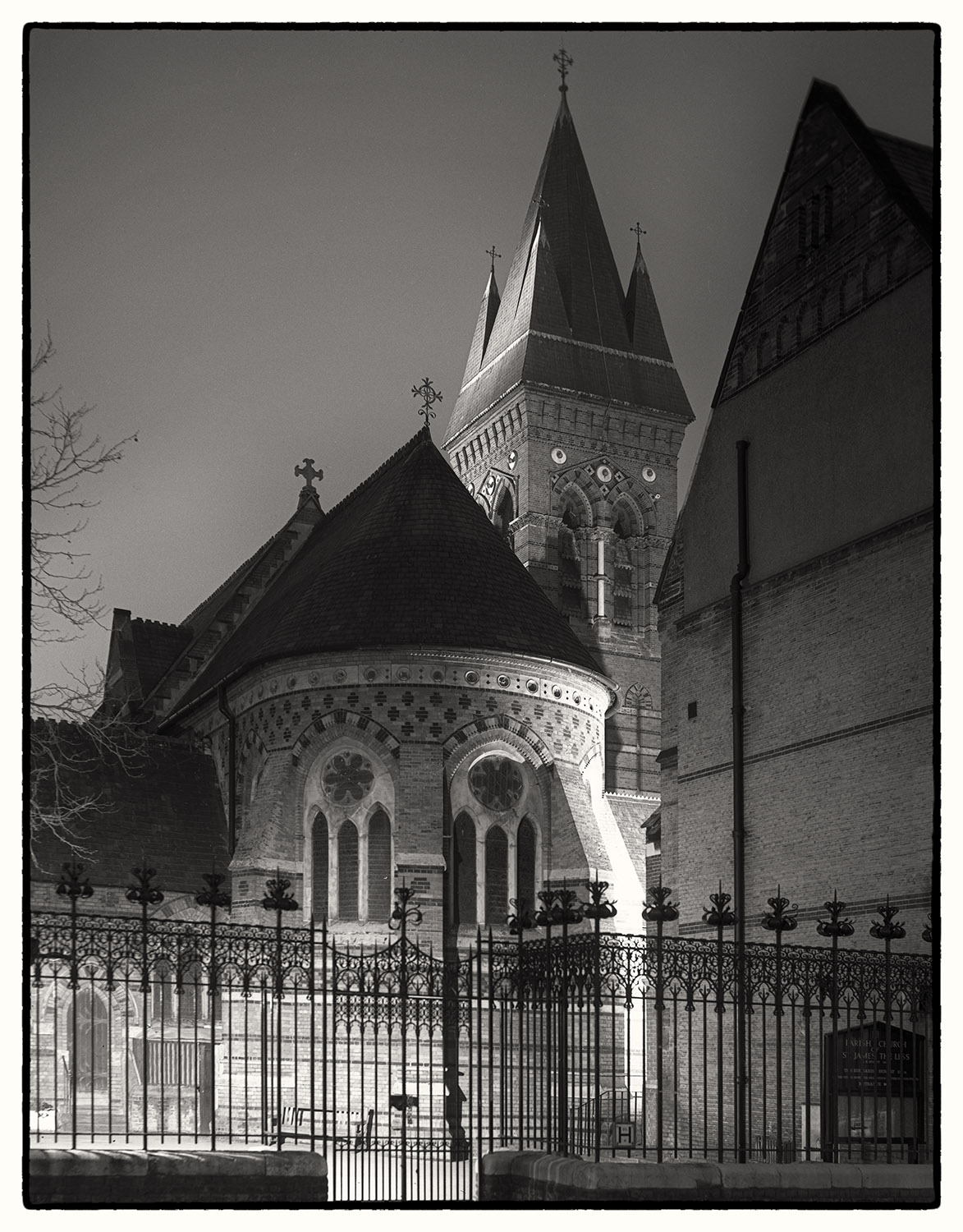stevierose
Ann Arbor, Michigan
Hello--I'm about to develop some BW film using a Jobo Silverbase, which is basically a Jobo without tempering ability which is fine with me. It's been a couple of decades since I last used a Jobo. The recommendations used to say to pre-wet the film and to reduce the development times used for standard manual agitation by 15-20% when using a Jobo. That was a long time ago and films and recs may have changed. What do you folks do now when using your Jobo or other rotary processor? Many thanks!


